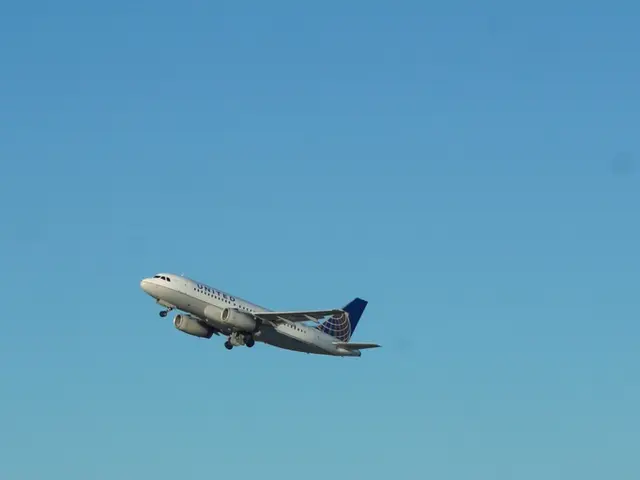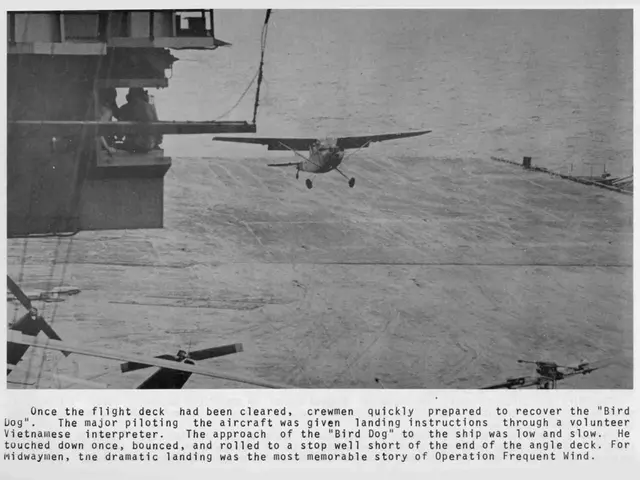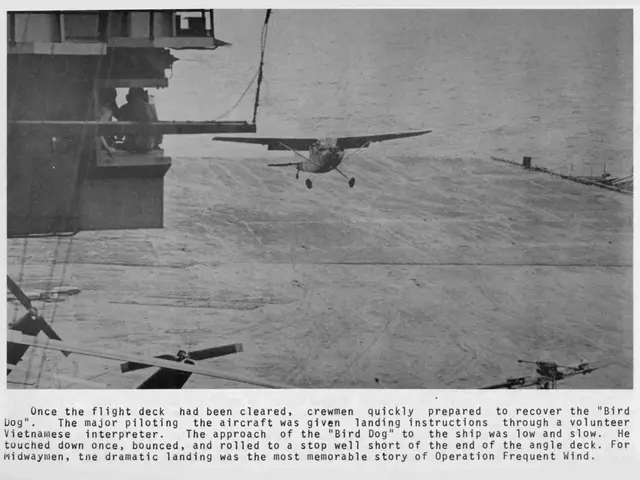Guide to Achieving Flight Instructor Certification
Becoming a flyboy (or flygirl) flight instructor ain't no walk in the park, kid. But hey, if you're ready to rise to the challenge, buckle up, because here's everything you need to know to earn your flight instructor certificate, no drama!
Required Credentials
First things first, you gotta have a commercial pilot certificate with an instrument rating and at least 250 hours of flight time under your belt. Training involves getting the fundamentals of instructing, mastering commercial pilot knowledge areas, creating lesson plans, and honing your teaching skills both in the classroom and in the air.
Becoming a Master Instructor
Ground Training
After you're qualified to pursue the flight instructor certificate, it's time to start your training. This begins with the Fundamentals of Instructing (FOI), teaching you the principles of learning theory and how to adapt to different students. And don't overlook this part, buddy – being an effective instructor is all about the knowledge, not just stick-and-rudder skills!
Of course, you'll need to know all the commercial pilot knowledge areas, from aerodynamics to navigation, meteorology, radio communication, and more. Helpful resources for this include the Aviation Instructor's Handbook, Pilot's Handbook of Aeronautical Knowledge, FAR/AIM, and the Airplane Flying Handbook.
Flight Training
Paired with the ground training, you'll also gather hours in-flight learning how to teach. FAR 61.183 mandates that a Flight Instructor (CFI) candidate has at least fifteen hours of pilot-in-command time in an airplane of the same category and class as their desired instructor rating.
The Oral and Practical Tests
To top it all off, you'll need to pass two knowledge tests: the FAA Fundamentals of Instructing (FOI) Knowledge Test and the FAA Flight Instructor Airplane (FIA) Knowledge Test. Once you've aced those, it's time for the practical test. This consists of a ground oral exam and flight test, where you'll provide mock instruction to a Designated Pilot Examiner (DPE).
A Peek Into the Past
The art of flight instruction dates back over a century – Wilbur Wright even began teaching cadets to fly the Wright Flyer in 1908! Some students soloed after just three hours of training, but things are a little different today with the FAA outlining precise standards for who can give flight instruction.
Key Takeaways
- To become a flight instructor, you need a commercial or airline transport pilot certificate with an instrument rating and at least 250 hours of flight time.
- Your training includes ground and flight training to obtain your instructor rating, plus you'll need to pass two knowledge tests.
- The practical flight test will consist of you providing mock instruction to a DPE.
- To become a flight instructor, one must initially obtain a commercial pilot certificate with an instrument rating and accrue at least 250 hours of flight time.
- The training program involves studying the Fundamentals of Instructing, mastering commercial pilot knowledge areas, creating lesson plans, and honing teaching skills in both the classroom and the air.
- Upon qualifying for the flight instructor certificate, the individual undergoes ground training, focusing on principles of learning theory, and flight training, requiring at least 15 hours of pilot-in-command time in the same category and class as their desired instructor rating.








